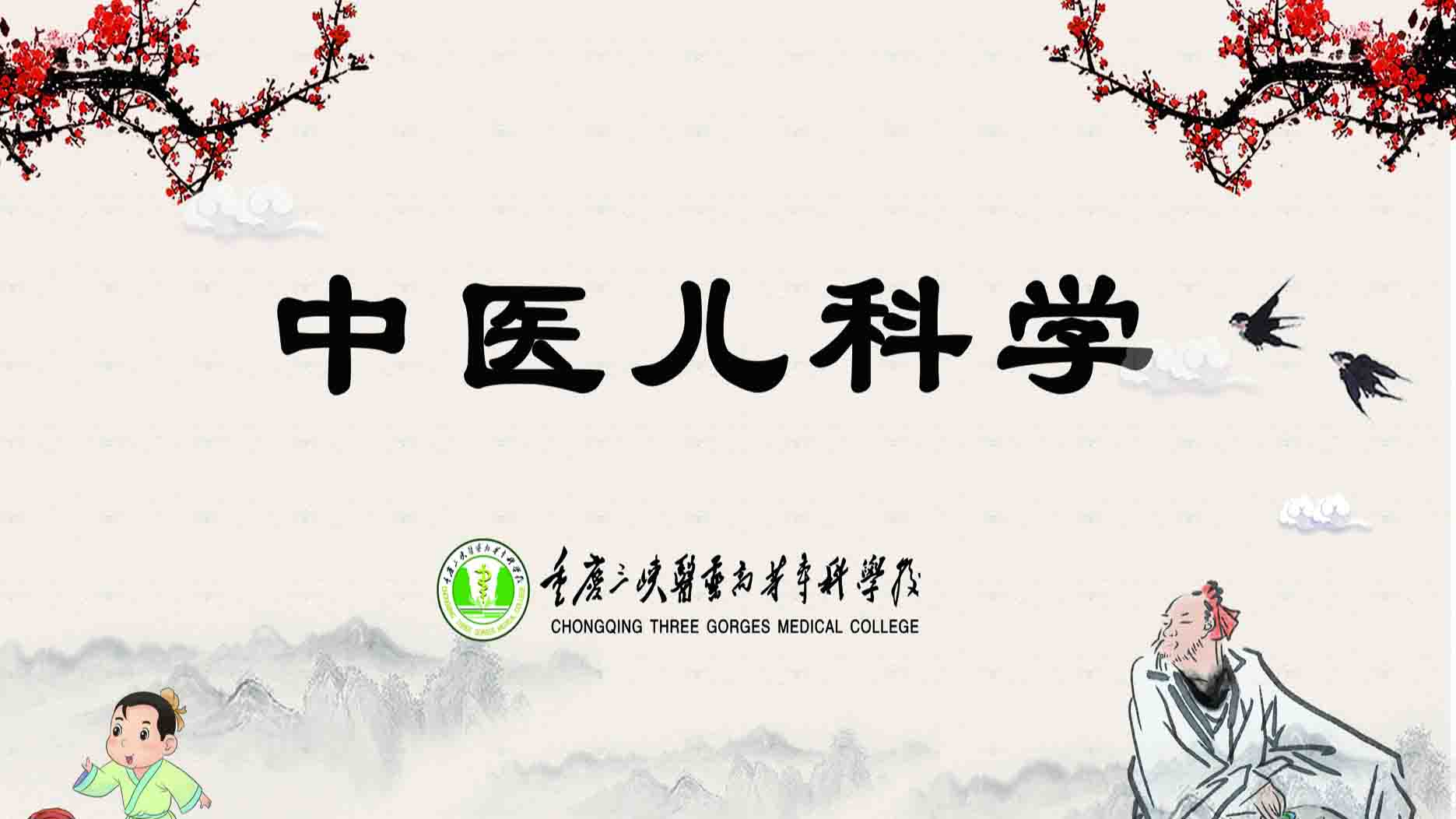
当前课程知识点:Methodology of Scientific Research > Lecture 2 Research Project Selection and Information Collection > Section 2.2 Principles and Methods of Topic Selection > 2.2.2 Methods of Topic Selection
返回《Methodology of Scientific Research》慕课在线视频课程列表
返回《Methodology of Scientific Research》慕课在线视频列表
第2部分给大家介绍科研选题的方式
科研选题不会从天而降
而是要来自于研究者的勤奋实践
刻苦钻研和筛选提炼
根据我们的科研经验
以下几种选题的方式
在实践当中被证明是行之有效的
第1个 选题源于招标的课题
比如说国家基金委与各级科研管理部门
会定期公布它的科研的项目指南
在这个指南当中不仅列出了招标的范围
还指出了鼓励研究的领域
科研人员可根据已有的工作基础
发挥个人的专长
还有研究室以及各单位自己的优势
凭借丰富的实践经验
已有的设备和条件 以及研究基础
自由地申请具有竞争力的课题
比如说我们大家知道的希尔伯特23个问题
我们就认为这个是20世纪初
数学界国际性的一种招标课题
再比如说国家基金委
发布的项目指南
比如说基于空间信息网络的车联网
应用关键技术研究 等等
这个都属于招标性的一个选题
第2类的是选题源于所遇到的问题
研究者在日常的科研过程当中
你们一定要注意
或者说我们必须要注意
以观察以往没有观察到的现象
发现以往没有发现的问题为依据来选题
外部现象的差异
往往是事物内部矛盾的表现
及时的抓住这些偶然出现的现象和问题
经过不断的细心比较 筛选
就有可能产生重要的 原始的
创新的想法或者意念
有了这样的一些原始的想法
我觉得idea, A new idea
就会有可能提出新的科学问题
进而发展成为科研的选题
比如说大家知道的刘东生院士
他以研究黄土而著名
他潜心科研60余年
研究成果平息了
170多年来的黄土成因的争论
建立了250万年以来最完整的
陆相古气候变化的历程记录
他因此获得了2003年度的中国的国家最高科学技术奖
第3类是选题源于文献的空白点
研究者可根据自己的特长
与已掌握的专业的发展趋势
通过进一步查询进十年来
本领域的国内外的文献
从中吸取精华 获得启发
寻找到研究的空白点
进而填补国内外专业领域的研究
这样的一个空白点作为自己的选题
这样一类的课题具有先进性和生命性
有可能在前人或他人研究的基础之上
提出新的观点 新的理论和新的方法
例如袁隆平院士于1960年获悉
杂交高粱 杂交玉米 无子西瓜等
都已广泛应用于国内外生产之中
他从中认识到遗传学家孟德尔 摩尔根
等追续者们提出的基因分离
自由组合和连锁互换等等这样的一些规律
对作物育种意义特别重大
于是他便跳出了无性杂交学说的这个圈子
开始了水稻有性杂交的实验
袁隆平院士是我国杂交水稻研究领域
的开创者和带头人
为我国乃至世界的粮食生产和农业科学的发展
做出了杰出的贡献
第4个是选题源于旧课题的延伸
延伸性的课题是指根据已完成课题的范围和层次
从其广度和深度等方面
再次挖掘而产生的新的课题
由于课题本身并非独立存在
研究者应该细心透视其横向的联系
纵横交叉和相互渗透的这样的一些现象
也能够从中发现衍生性的选题
使研究工作得到循序渐进
步步深入这样的一个可能
使已有的理论或假说日趋完善
从而逐步达到学术的新的高度
例如物理学当中的质点力学
推广到钢体力学
有些运动中的圆形轨道稳定性条件
推广到椭圆形的轨道稳定性条件
经典力学体系
发展到量子力学体系等等
这些实例都说明了这个问题
第5个是选题源于要素的重组
这是什么意思呢
在实验研究及临床的观察研究当中
通常每个课题它是由被试的因素
受试对象和效应指标三大要素组成的
根据研究的目的
我们有意识地改变原课题三大要素当中的某一要素
就有可能发现具有理论意义
和应用价值的新的问题
进而提出一个新的研究选题
这种选题方法
又称为旧题发挥的方法
下面我们举几个例子
利用光纤作为传感单元
已经研制出了可以测量温度
应变等等多种参量的传感器
但是这些传感器属于标量的检测
为了使其能够检测到矢量
也是具有辨识性的方向性的特征
这样的一个矢量的传感器
我们需要对光纤传感结构进行重新的设计
例如非对称性的结构的改变
采用特殊的加工技术
包括填充 切割 切削 抛磨 还有拉锥等等
可以实现所说的方向性的矢量传感
第6个是选题源于领域的跨越
也就是跨领域 跨学科
一般而言
大多数研究者往往对自己研究的领域是比较熟悉的
因而对相邻的其它一些领域或不相关的领域关注不太多
或者是不完全具备这些领域的专业知识
因为这些情况 将会失去许多发现有价值的课题的机会
而那些具有跨领域的专业知识
同时又具有敏锐的观察力和敏感性的研究者
他可以从跨领域的研究当中来选题
从而获得科学上的发现或者重大的突破
我们举个例子 比如说王选院士
他本科学的专业是数学
后来因为工作的需要又去做计算机的硬件
王显曾经指出
激光照排这样的难题的解决
与其跨学科的领域的研究是有关系的
这些科研成果不仅取得了巨大的
经济效益和社会效益
而且还引起了我国报业和印刷业的一场技术革命
由于王显院士这些突出的贡献
他获得了2001年的中国国家最高科学技术奖
-Section 1.1 Basic Concepts of Scientific Research
--1.1.1 Basic Concepts of Research
-Section 1.2 General Procedure of Scientific Research
--1.2.3 Process of Natural Science
--1.2.4 Process of Social Science
--1.2.5 Process of Technologial Science
-Section 1.3 How to Prepare for Scientific Research
--1.3.1 Motivation of Research
-Test-Lecture #1
-Section 2.1 Types and Sources of Research Project
-Section 2.2 Principles and Methods of Topic Selection
--2.2.1 Principle of Topic Selection
--2.2.2 Methods of Topic Selection
--2.2.3 Procedure and Strategy of Topic Selection
-Section 2.3 Information Collection of Project
--2.3.1 Type, Collection and Search of Information
-Test-Lecture #2
-Section 3.1 Typical Research Methods
--3.1.1 Level of Research Method
--3.1.2 Concept of Research Method
--3.1.3 Typical Research Methods
-Section 3.2 Typical Thinking Modes
--3.2.1 Thinking and its Characteristics
--3.2.2 General Innovative Thinking
--3.2.3 Typical Thinking Modes
-Section 3.3 Analysis of Research Cases
--3.3.1 Question Description and Concept
--3.3.2 Three-Level Theory of Problem
--3.3.3 Train of Question Consciousness
-Test-Lecture #3
-Section 4.1 Research-oriented Scientific Design
--4.1.1 General Scientific Design
--4.1.3 Example of Research Design
--4.1.4 Other kinds of Research Design
-Section 4.2 Experimental Scientific Research Design
--4.2.4 Example of Experimental Design
-Section 4.3 Application-oriented Scientific Design
--4.3.1 Basic Concepts and Significance
--4.3.3 Example of Applied Design
--4.3.4 Train of Research Skills
-Test-Lecture #4
-Section 5.1 Initial Entry into the Research Group
--5.1.2 Consider Research Outline
-Section 5.2 Analysis of Scientific Research Cases
--5.2.1 Example of Correct Topic Selection
--5.2.2 Example of Team Cooperation
--5.2.3 Test of Non-invasive PDM
-Section 5.3 Research-based Learning and Research
--5.3.1 Overview of Research Learning
--5.3.2 Research-based Learning
--5.3.3 Research Train for Undergraduates
-Test-Lecture #5
-Section 6.1 Scientific Research Strategy and Tactics
--6.1.1 Strategy in Research Work
--6.1.2 Tactics in Research Work
--6.1.3 Research Group and Management
-Section 6.2 Scientific Research Tactful Operation
--6.2.3 Typical Research Planning
-Section 6.3 Discrimination of Research Obstruction
--6.3.2 Origin of Research Obstruction
--6.3.3 Case of Research Obstruction
--6.3.4 Strategy to Remove Obstruction
-Test-Lecture #6
-Section 7.1 Research Papers and Writing
--7.1.2 Writing Research Paper
-Section 7.2 Rules for Submission and Publication
--7.2.1 Preparing for Contribution
--7.2.2 Process of Publication
--7.2.3 Strategy of Contribution
-Section 7.3 Examples and Analysis of Paper
--7.3.1 Basic Structure of Paper
--7.3.3 Introduction, Main Content and Conclusion
-Test-Lecture #7
-Section 8.1 Introduction of Invention and Creation
--8.1.1 Generality of Invention
--8.1.2 Principle of Invention
--8.1.3 Risk and Protection of Invention
-Section 8.2 Patent Types and Applications
--8.2.1 Characteristics and Types of Patent
--8.2.3 Process of Applying Patent
-Section 8.3 Patent Examples and Analysis
--8.3.1 Example of Invention Patent
--8.3.2 Example of Utility Model Patent
--8.3.3 Example of Design Patent
-Test-Lecture #8
-Section 9.1 Characteristics, Types and Titles of Academic Conferences
--9.1.1 Characteristisc of Academic Conference
--9.1.2 Types of Academic Conference
--9.1.3 Title of Academic Conference
-Section 9.2 Basic Elements and Report Types of Academic Conferences
--9.2.1 Basic Elements of Conference
--9.2.2 Types of Conference Report
-Section 9.3 Main Points, Syntax and Summary of Academic Reports
--9.3.1 Writing and Accepting Conference Paper
--9.3.2 Exercise before Reporting
-Test-Lecture #9
-Section 10.1 Character and Type of Researcher
--10.1.1 Basic Moral of Researcher
--10.1.2 Moral Outlook of Researcher
--10.1.3 Talent Type and Innovative Quality
-Section 10.2 Research Ethics and Academic Norms
--10.2.1 Generality of Research Morality
--10.2.3 Monitoring Measure of Research
-Section 10.3 Research Relationship and Incentive Mechanism
--10.3.1 Generality of Research Relation
--10.3.2 Typical Research Relation
--10.3.3 Research Incentive System
-Test-Lecture #10


